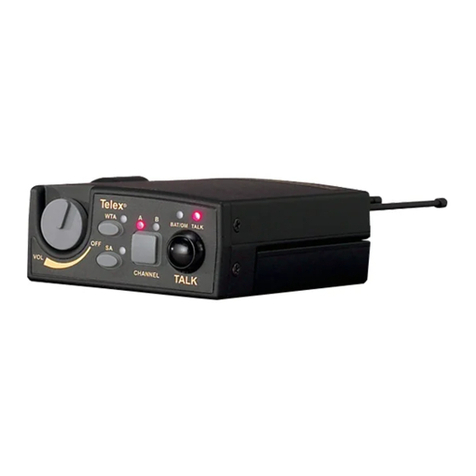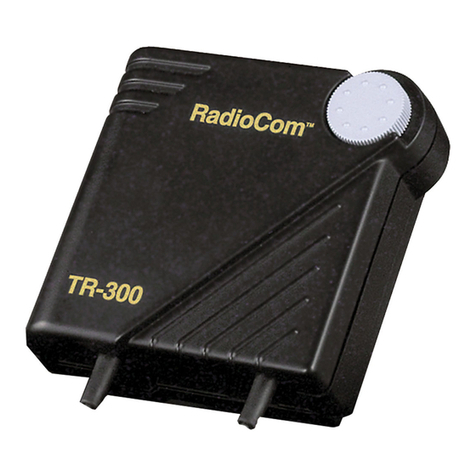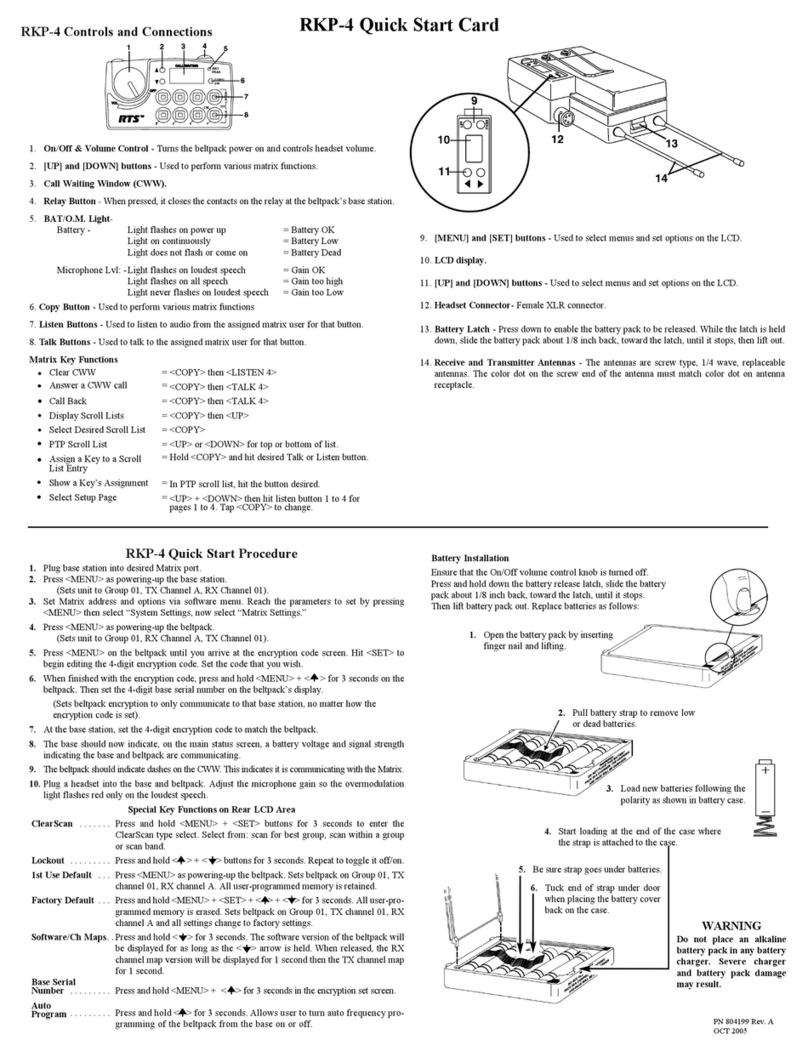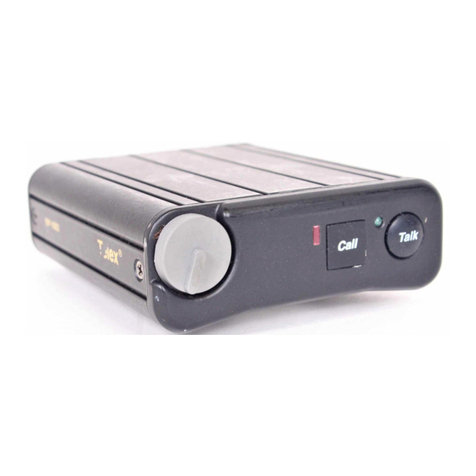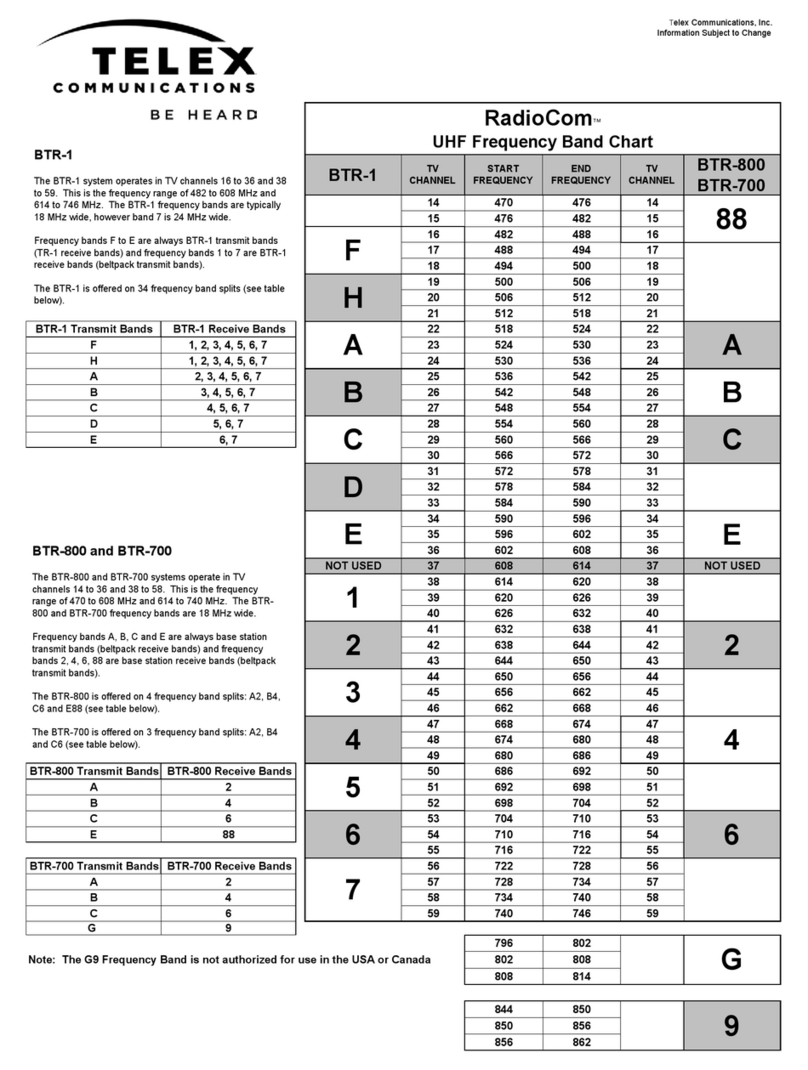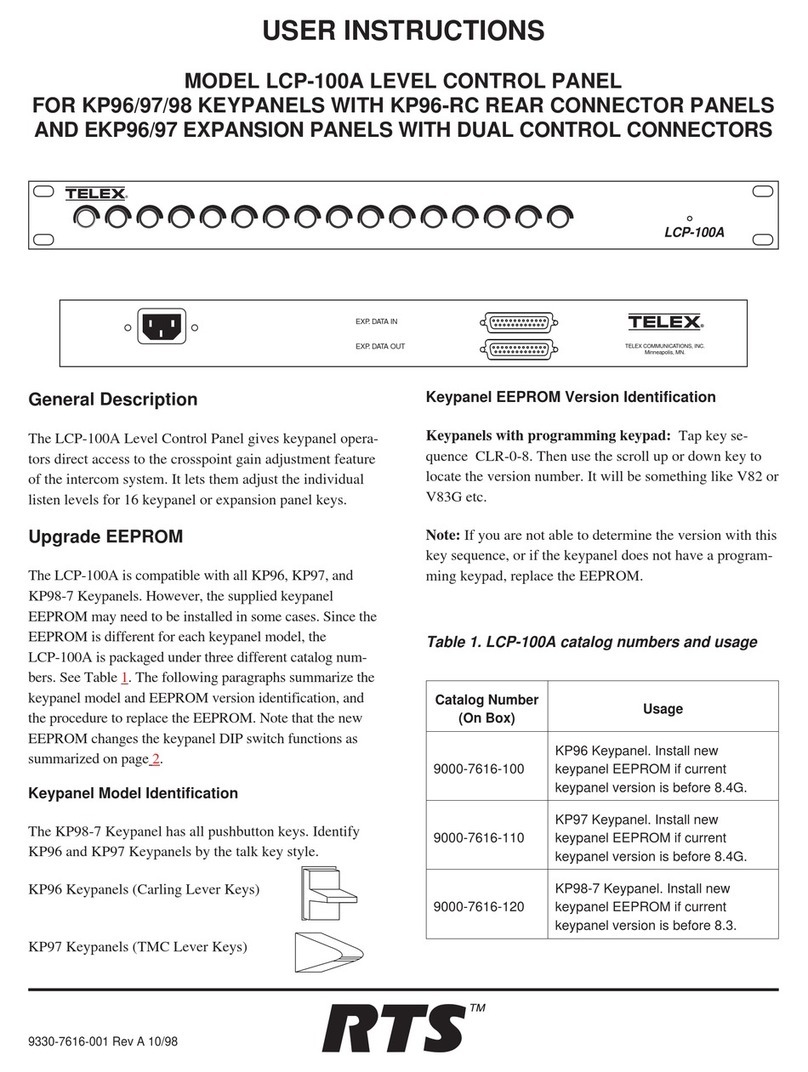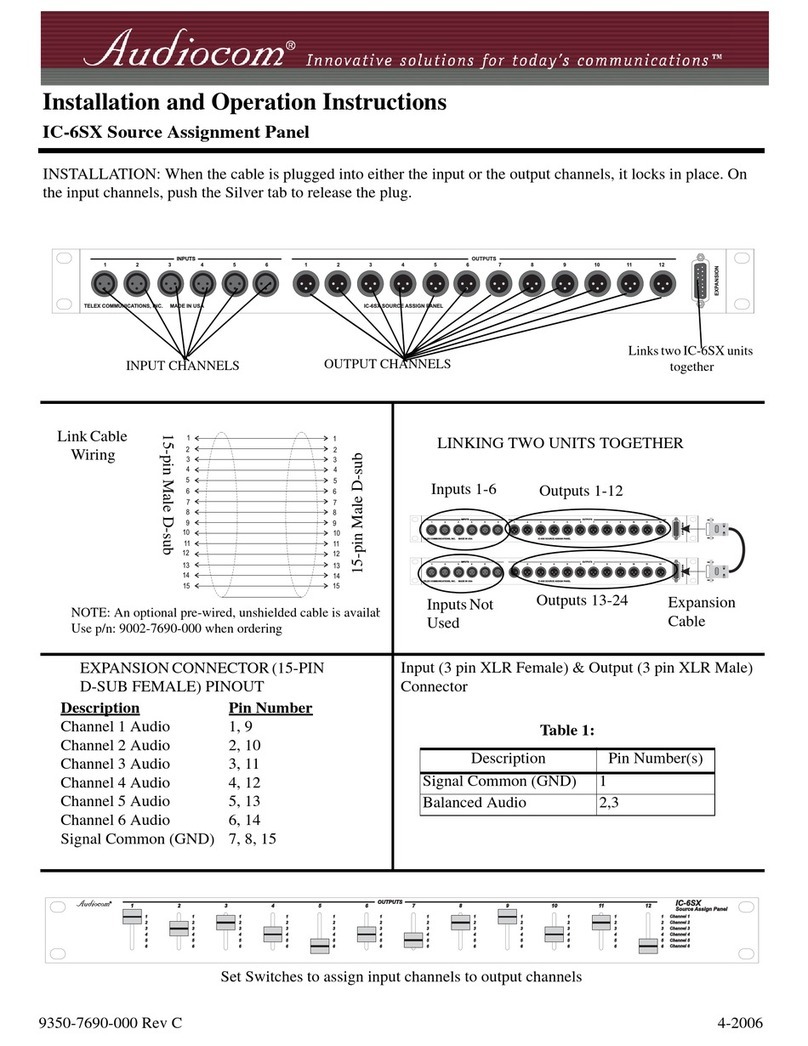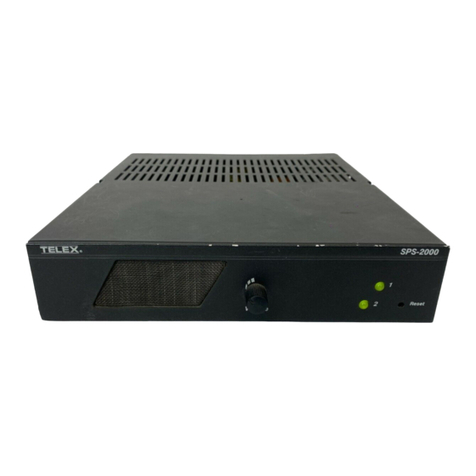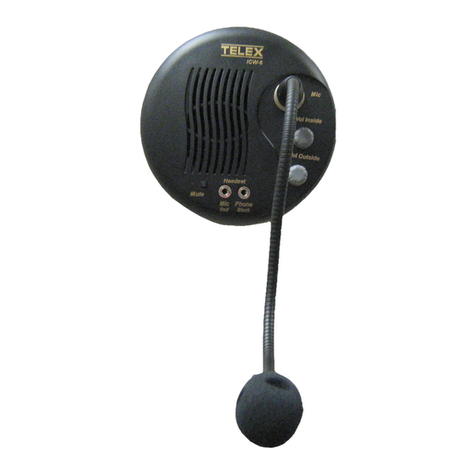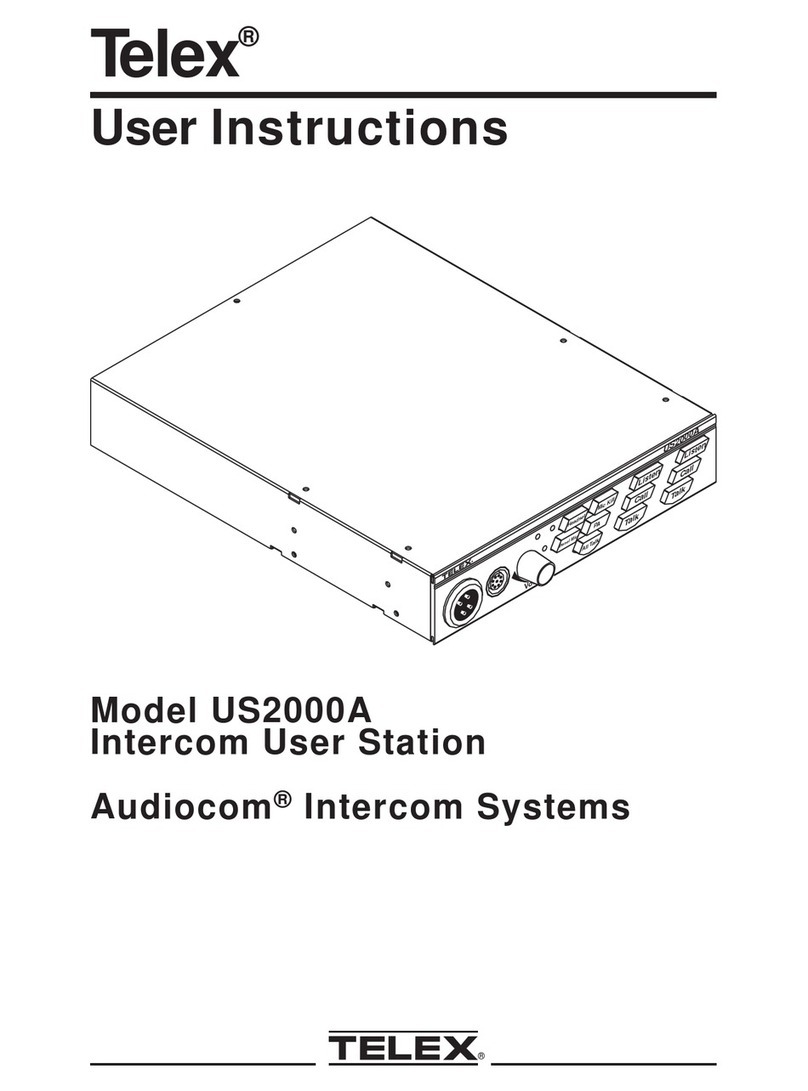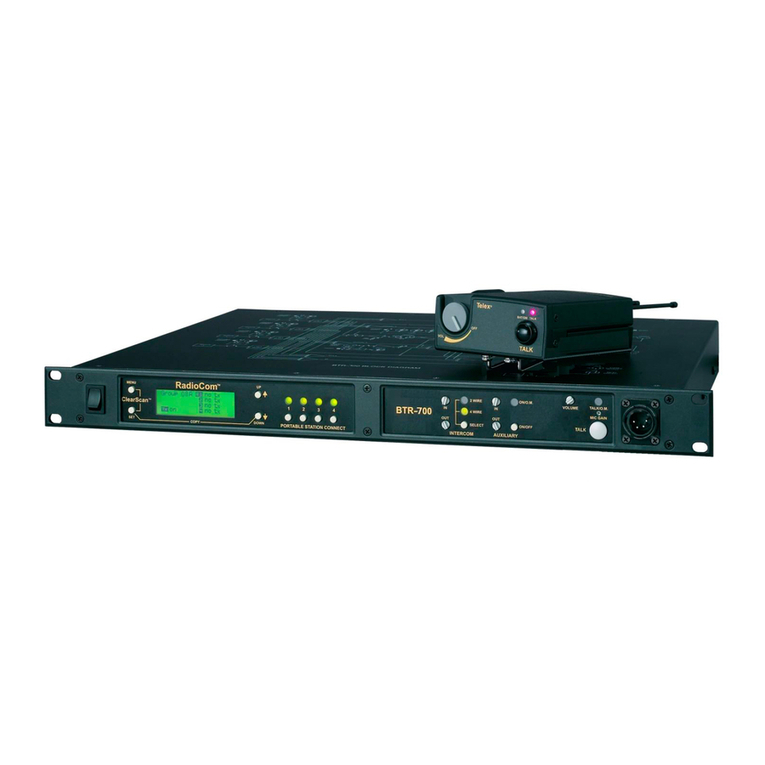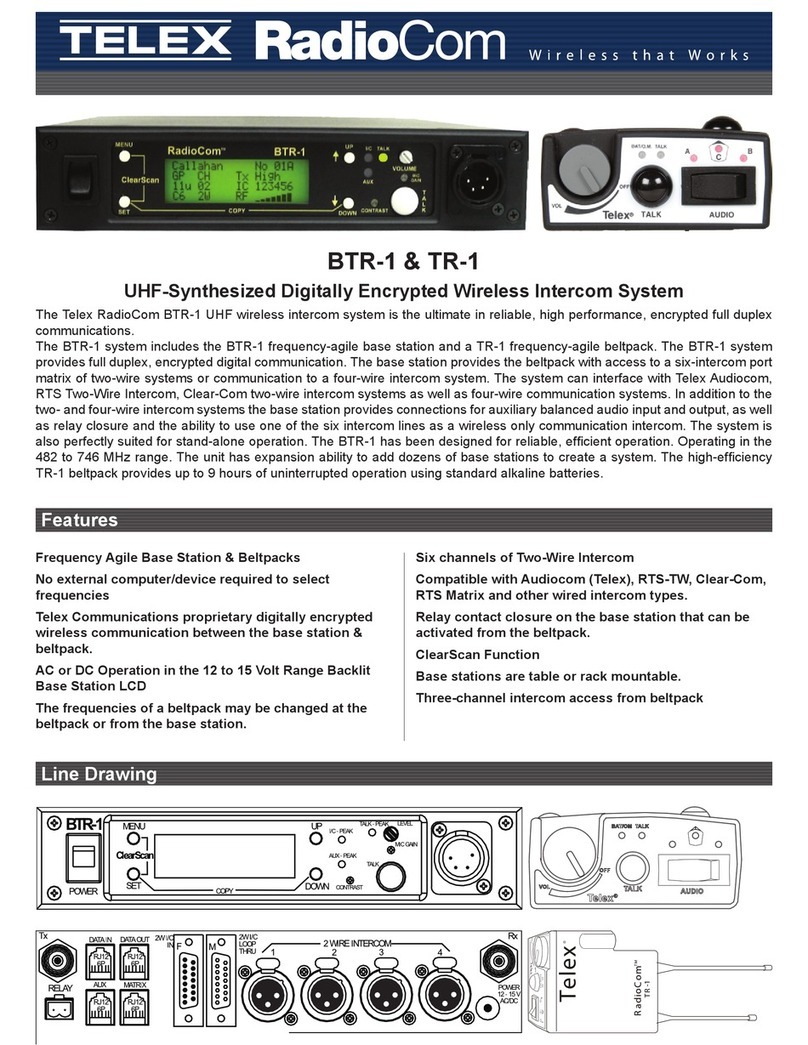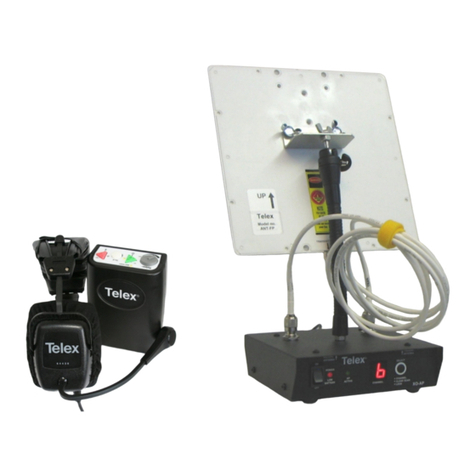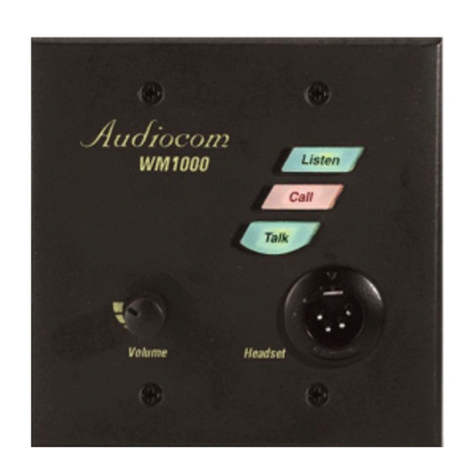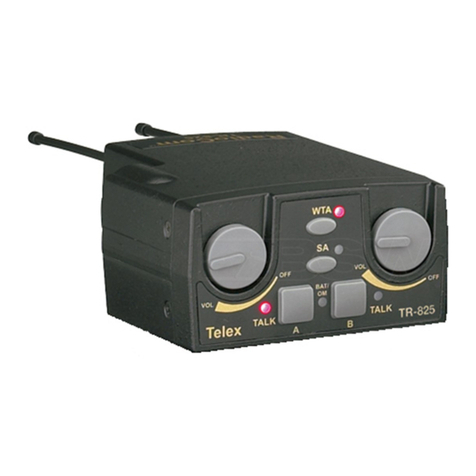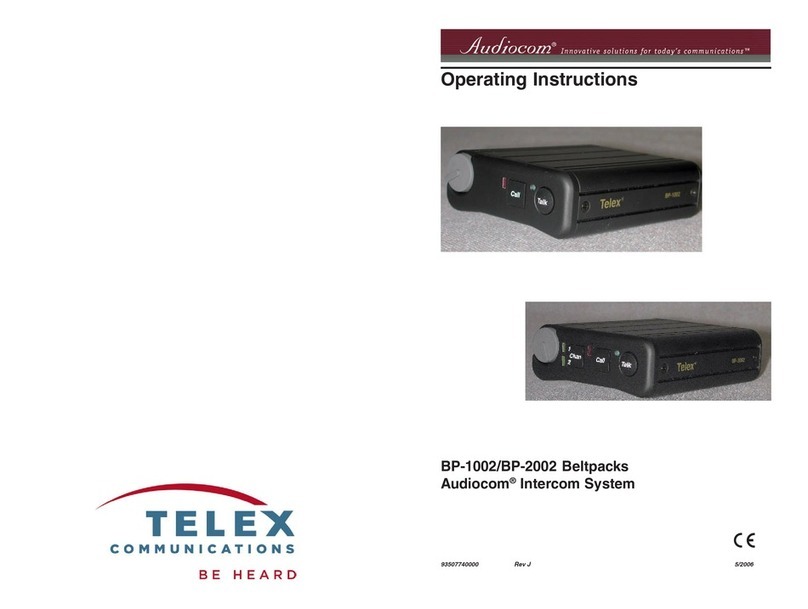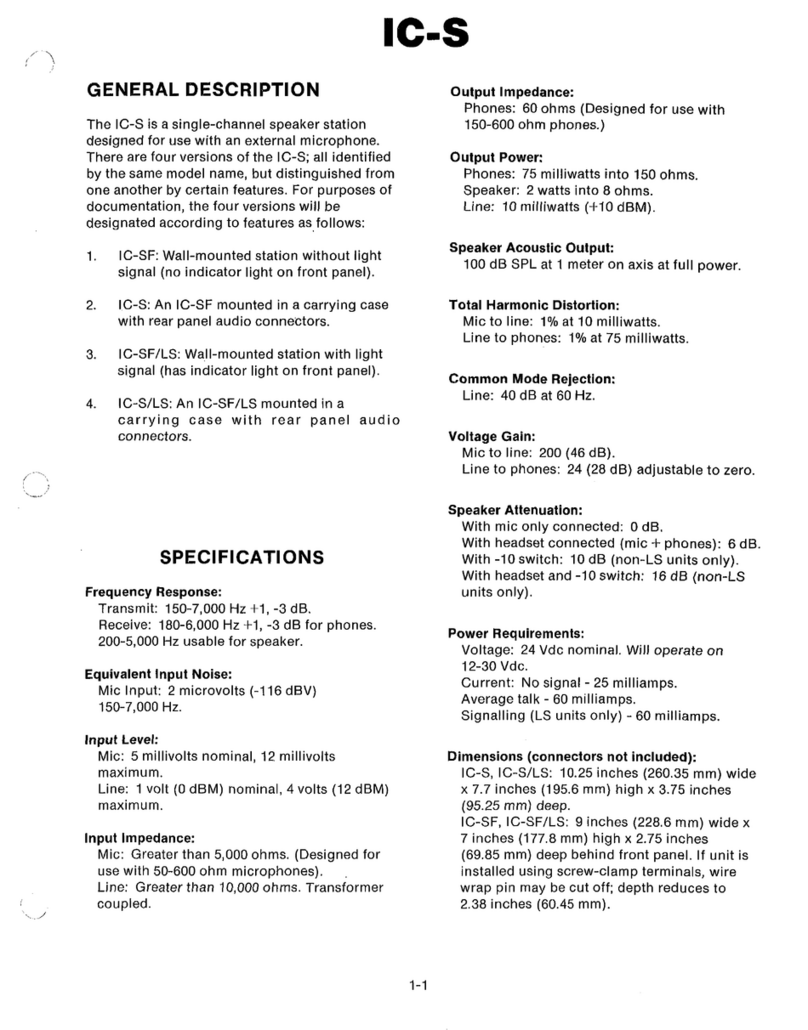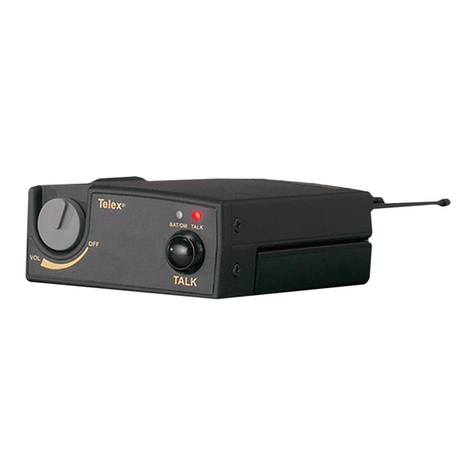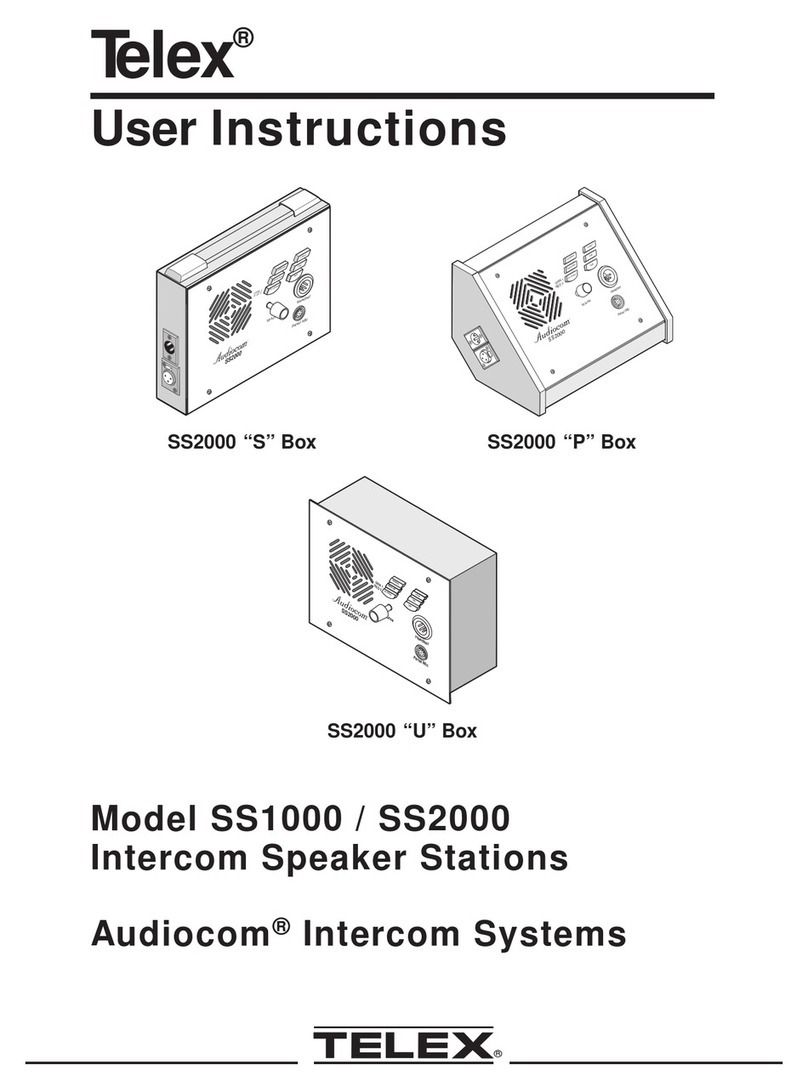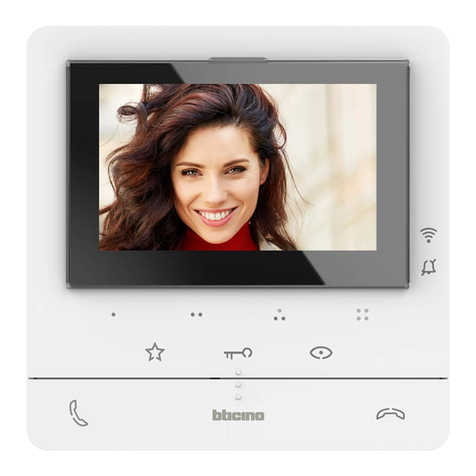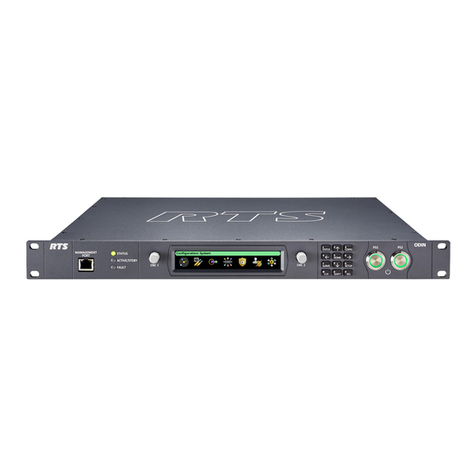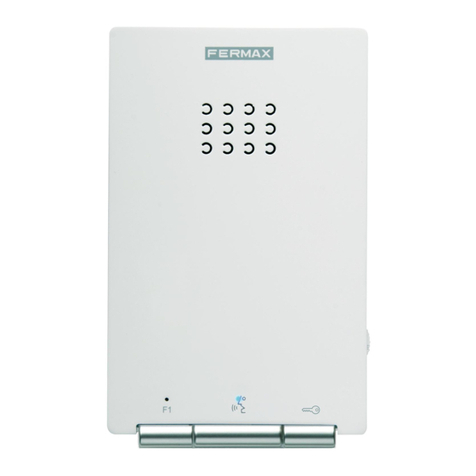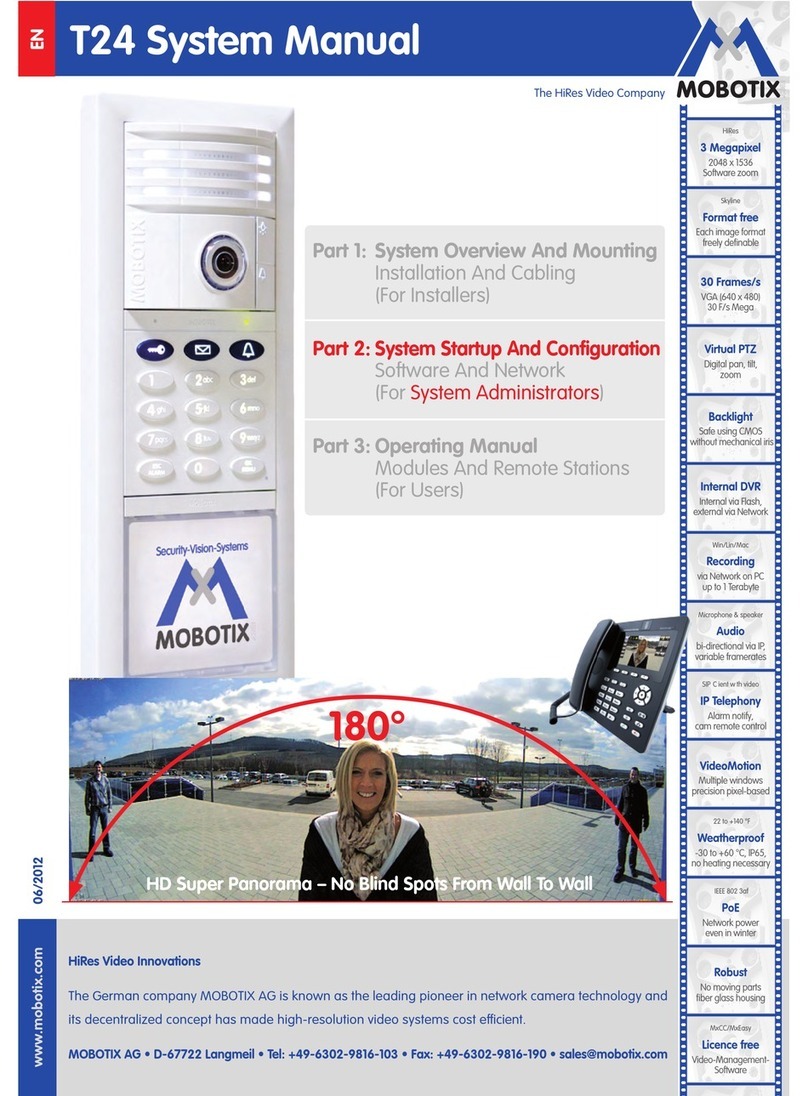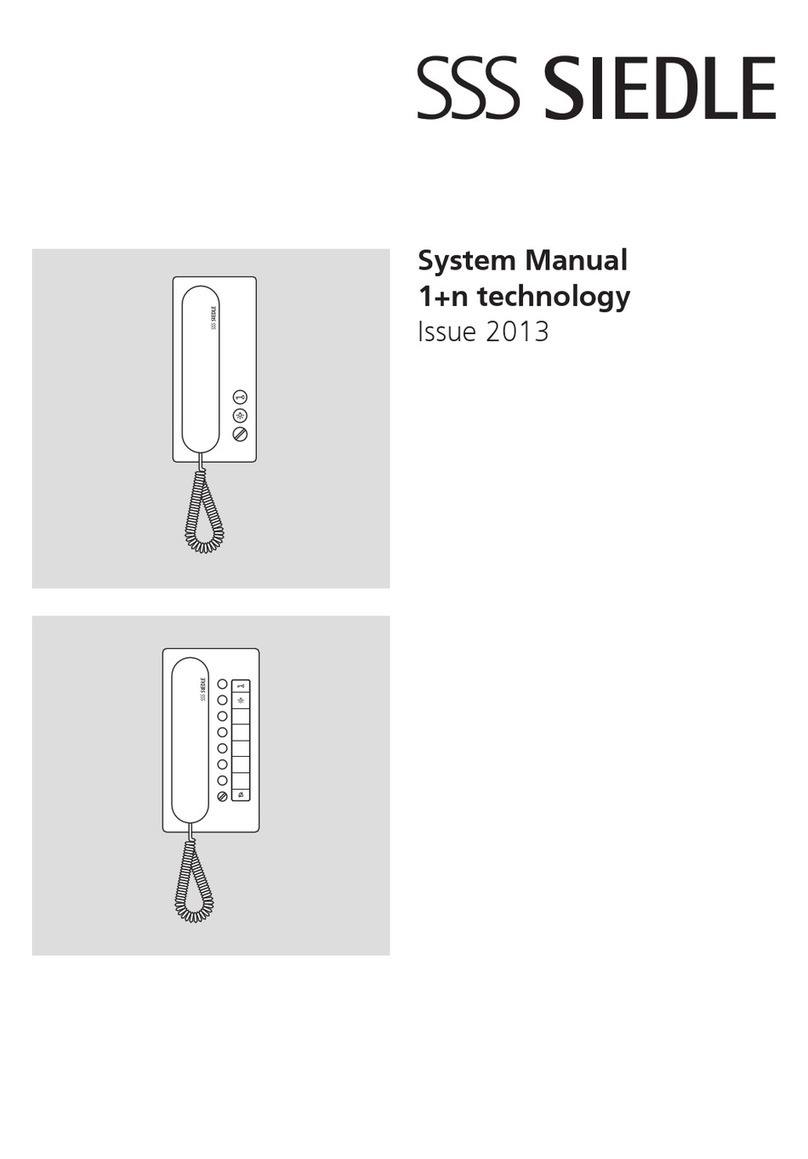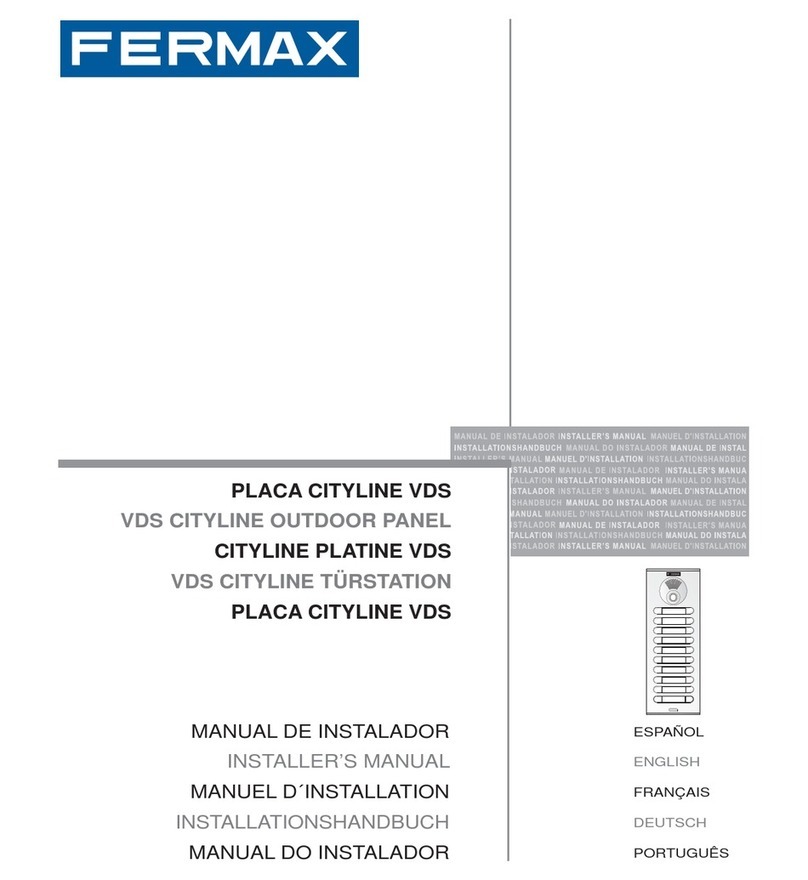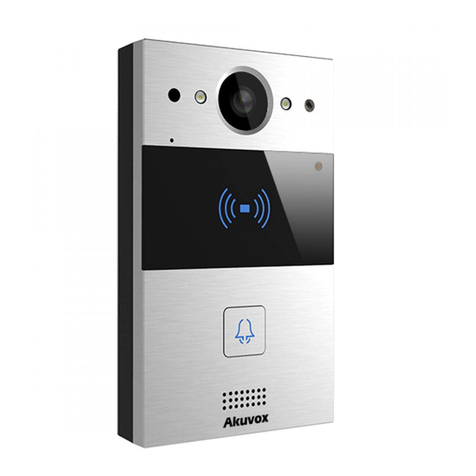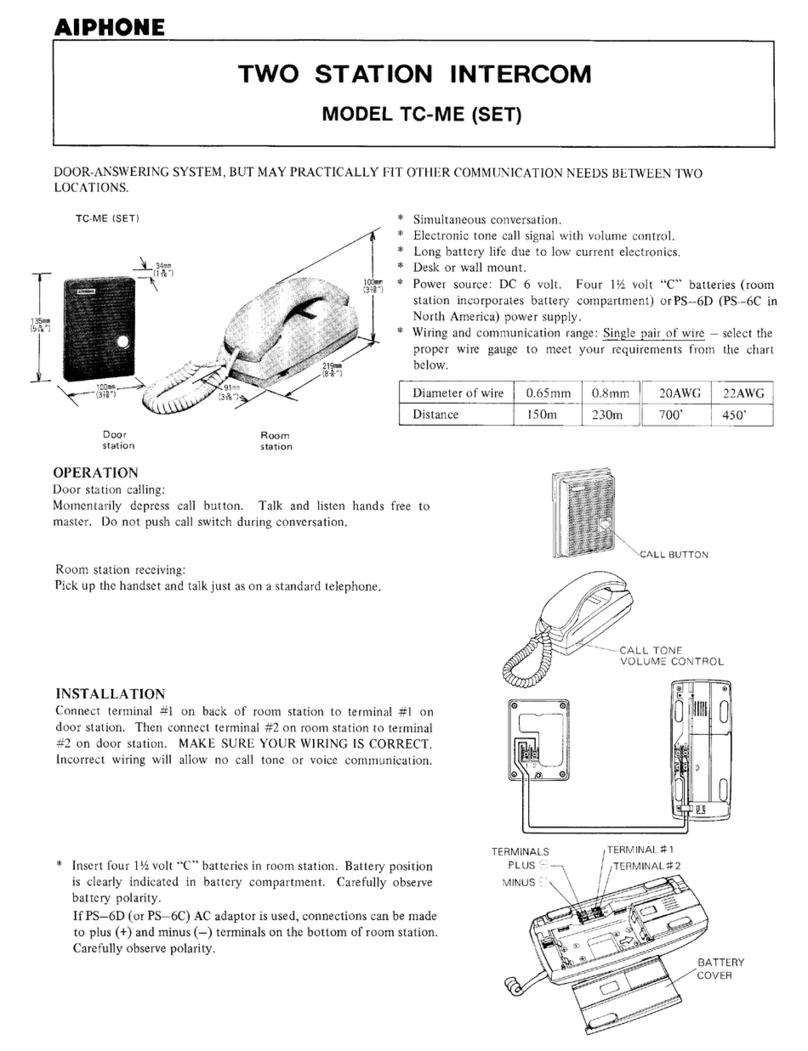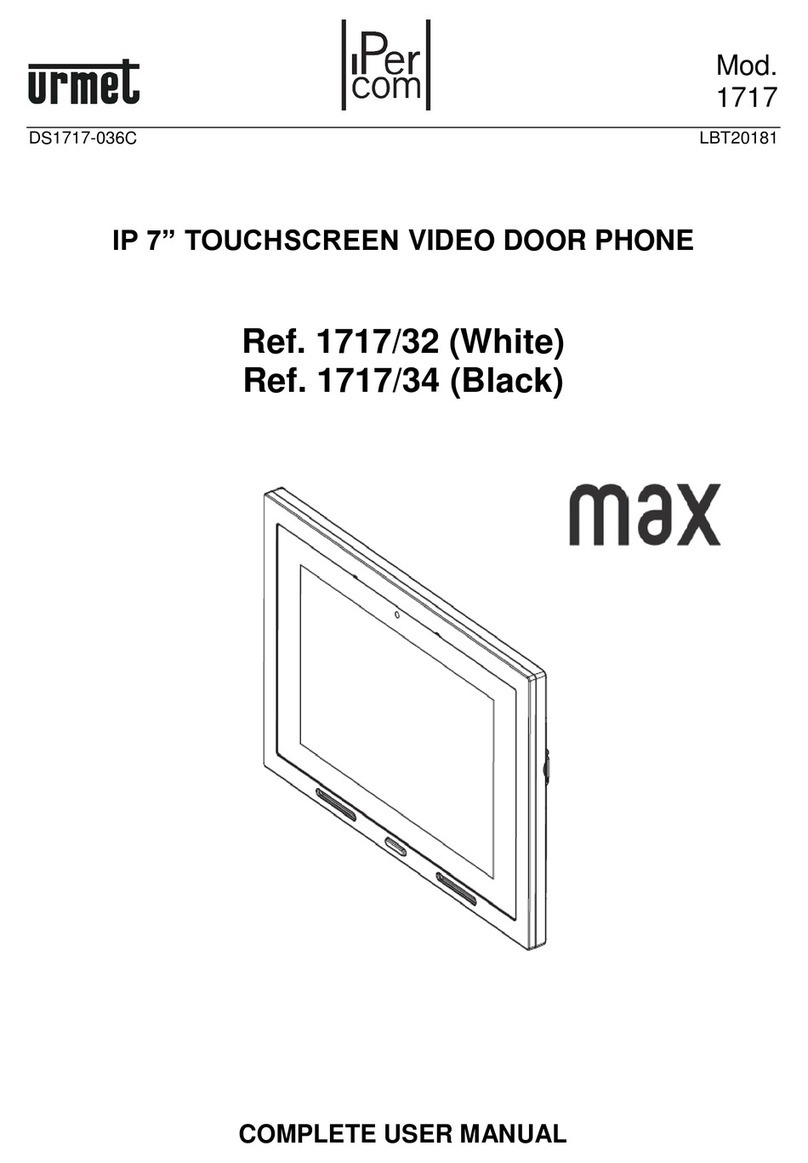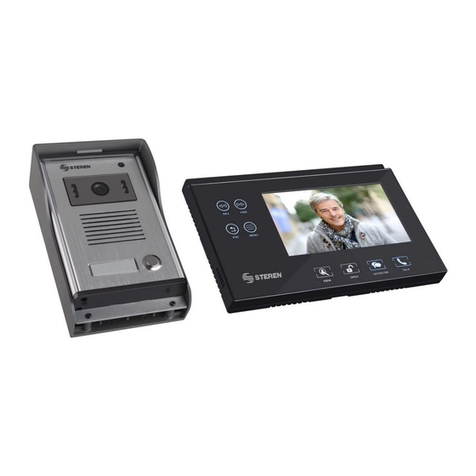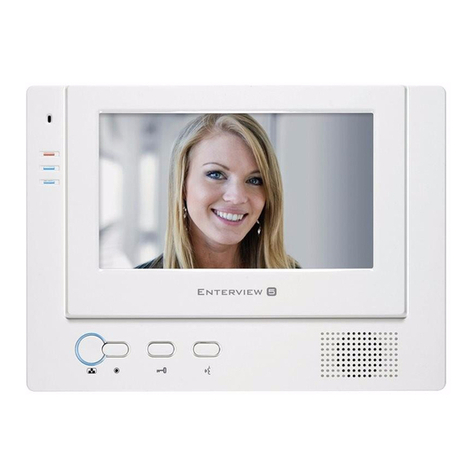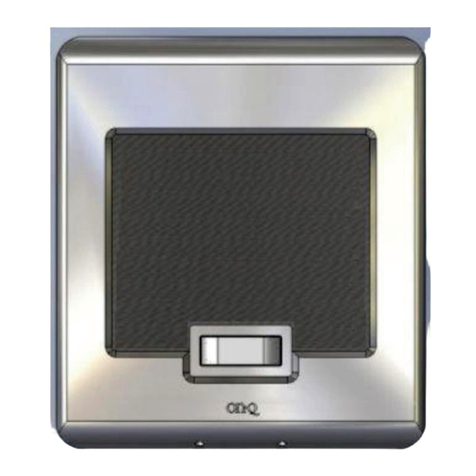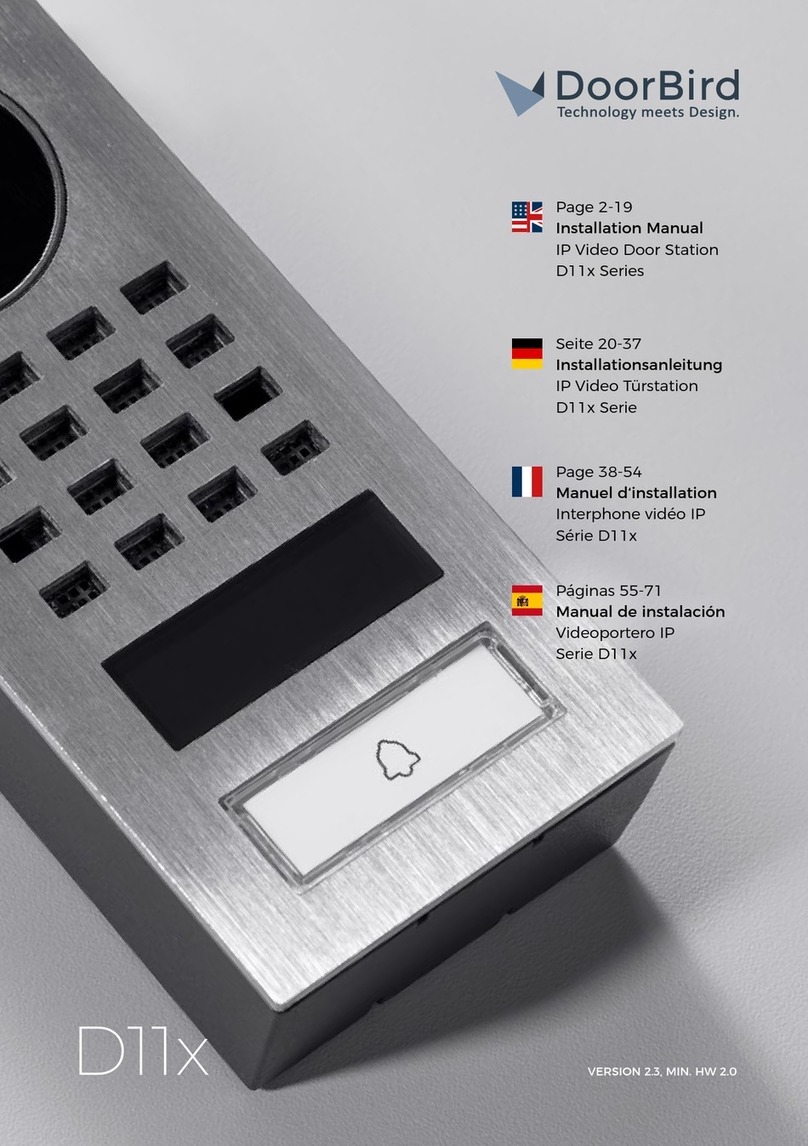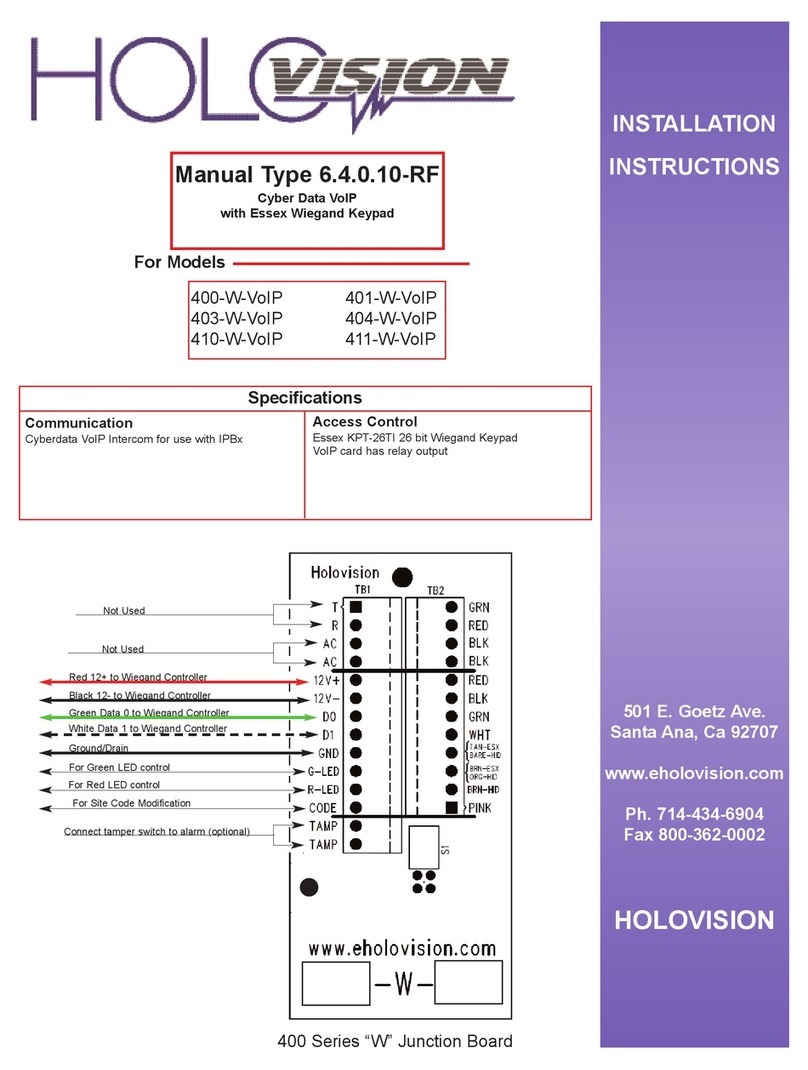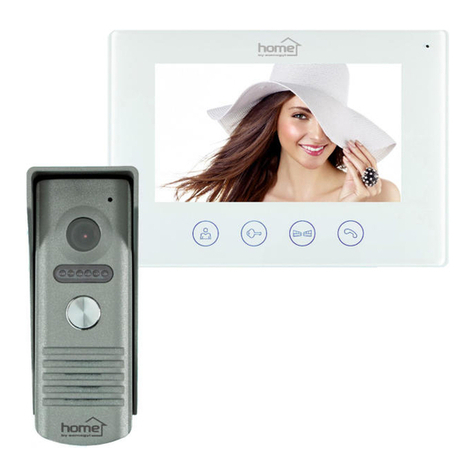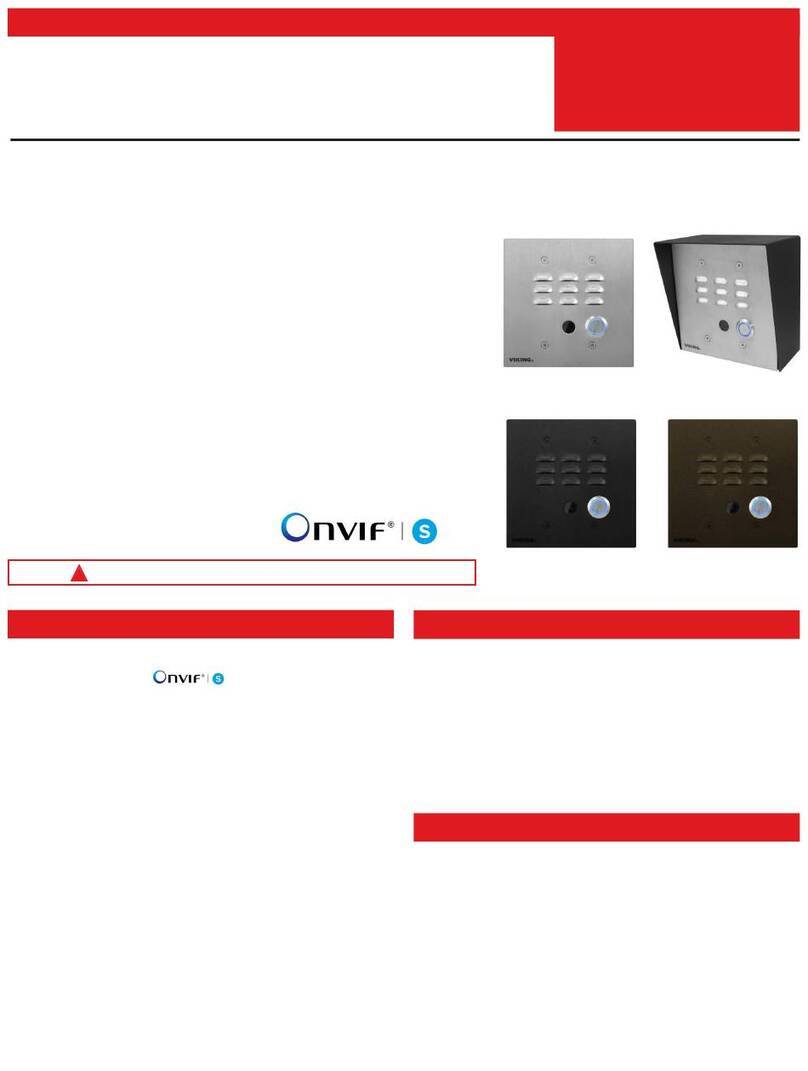RECEIVE BOARD
()
CIRCUITDESCRIPTION
PCB 70714000
This unit is afour channel single conversion
receiver consisting
of
one front end and four I.F.
strips. Signals entering the board proceed through
3tuned circuits,
Q30l,
and 3more tuned circuits
to
the mixer. MX301 is adoubly balanced diode
mixer and receives +7 dBm from the oscillator.
Q302 is aColpitts oscillator with the collector
tuned
to
the second harmonic. Y301 operates on
the fifth overtone with C319 and L308 acting as
mode suppressor. L310 is used
to
setthe oscillator
on frequency. From the mixer the signal continues
through abroadband filter to line driver Q303.
VR309 is used
to
setthe collectorcurrentto 20rnA.
Q303 drives the four I.F. strips, beginning with
crystal filters FL30l-FL308.
The
four I.F. strips
are the same except for component values. Also,
the 10.7
MHz
I.F. substitutes aceramic filter for
two tuned circuits.
For
the remainder
of
the
description the parts in the 10.7
MHz
I.F. will be
referredto. TheI.F. signalisamplified by Q304and
U301A, and limited and detected by U301B.
U301B contains aquadrature detector which is
tuned by T309. Squelch is
of
the amplitude
type, the D.C. voltage at pin 5
of
U301 varying in
propOltion to the signal strength. With no signal
U302 pin 1islowand the audio outputissquelched.
When the received signal causes the voltage at pin
3
of
U302
to
exceed that
of
pin 2
of
U302, pin 1
goes high and the squelch opens.
VR30l
sets the
threshold at pin 2and thus the squelch. R320
provides hysteresis. Q305 is used
to
drive the LED
on the front panel. From U301 the audio is
amplified by U303A. R389, R328 and C354 set
the de-emphasis at 115uS. VR302 is used
to
com-
pensate for variations in detector output level.
U303B is a 3 pole ButterwOlth low pass filter with
acutofffrequency
of
10KHz.
3-9
PCB 750309
This unitis afour channel dual conversion receiver
consisting
of
one front end and four I.F. strips.
Signals entering the board proceed through 3tuned
circuits, Q301, and three more tuned circuits to the
mixer. HY301 is adoubly balanced diode mixer
and receives +7 dBm from the oscillator. Q302 is
aColpitts oscillator with the collector tuned to the
second harmonic on version 1boards and the third
harmonic on version
2.
Y301 operates on the fifth
overtone with C311 and L308 acting as mode sup-
pressor. L307 is used to set the oscillator on fre-
quency. From the mixer the signal continues
through Q303
to
filtet drivers Q320, Q370, Q420
and Q470. On version 1boards the signal is resis-
tively coupled to the filters. On version 2boards it
is inductively coupled.
The
four I.F. strips are the
same
except
for
component
values.
For
the
remainder
of
the description the parts in the 10.7
MHz I.F. will be referred to. U320A mixes the
incoming signal with a10.245
MHz
oscillator
to
produce the second I.F.
of
455 KHz. (The other
three oscillators operate at 455 KHz above their
n~spective
input frequencies). U320B contains a
limiter and quadrature detector, which is tuned by
L322. U320C functions as a
94
KHz bandpass
filter for operating the squelch. With. no signal a
largeamount
of
noise is presentat U320 pin
13
and
aportion
of
this is rectified by Q321.
If
the emitter
rises above .7V U320D clamps pin
16
to ground,
muting the audio, and drives pin 15 low, extin-
guishing the LED on the front panel via Q322.
When asignal is received, the noise at U320 pin
13
drops and lowersthevoltageat the emitter
of
Q321,
releasing the audio clamp and lighting the front
panel LED. Since the LED current flows through
R33l,
the voltage drop acts on
Q32l
and provides
hysteresis. VR321 adjusts not only the noise
amplitude delivered
to
Q321 butalso the D.C. bias,
and is used to set the squelch at 1microvolt. From
U320 the audio
is
buffered and filtered by U321.
R328, C335, and VR320 set the de-emphasis at
l15uS. U321Ais athree poleButterworth low pass
filter with acutofffrequency
of
10 KHz.




















